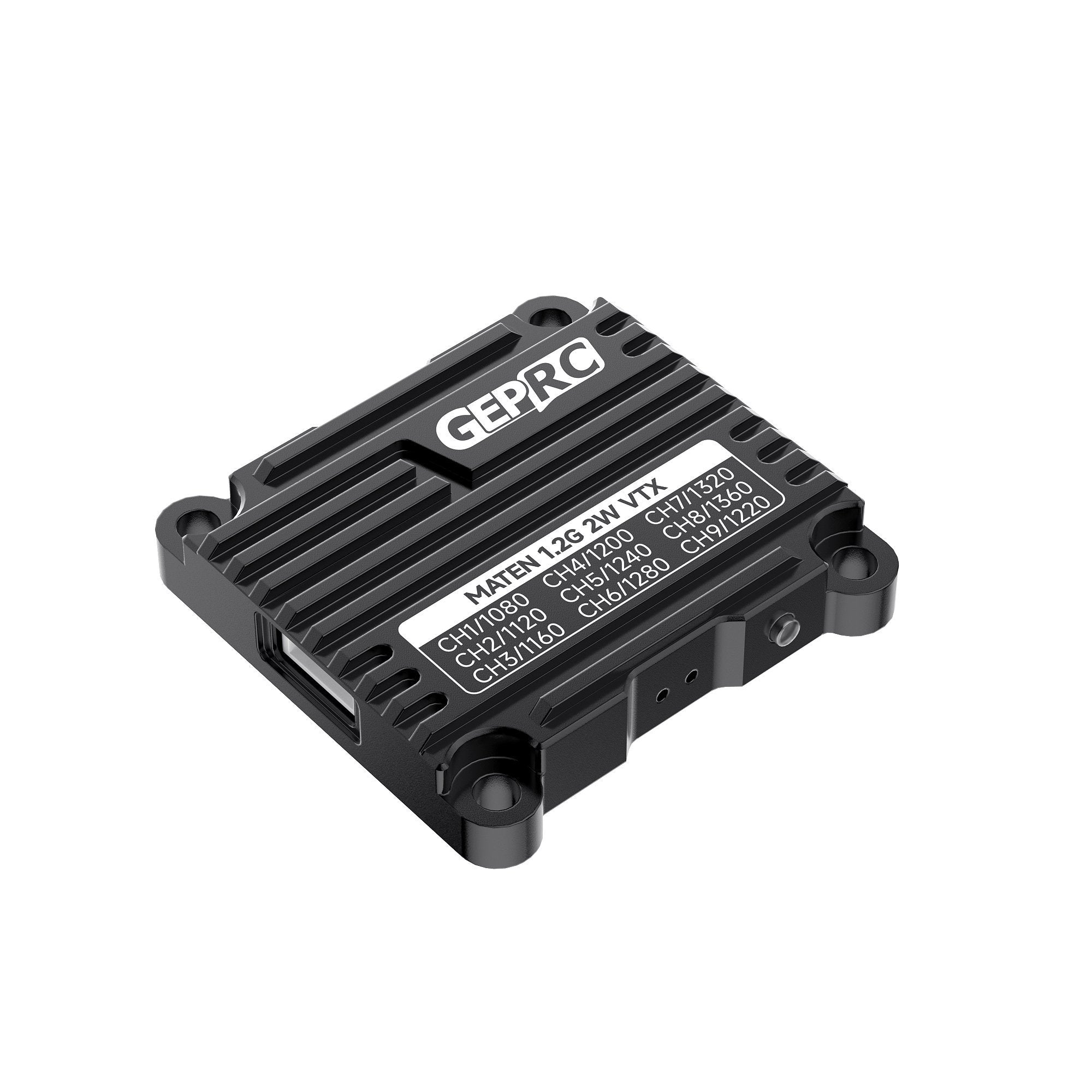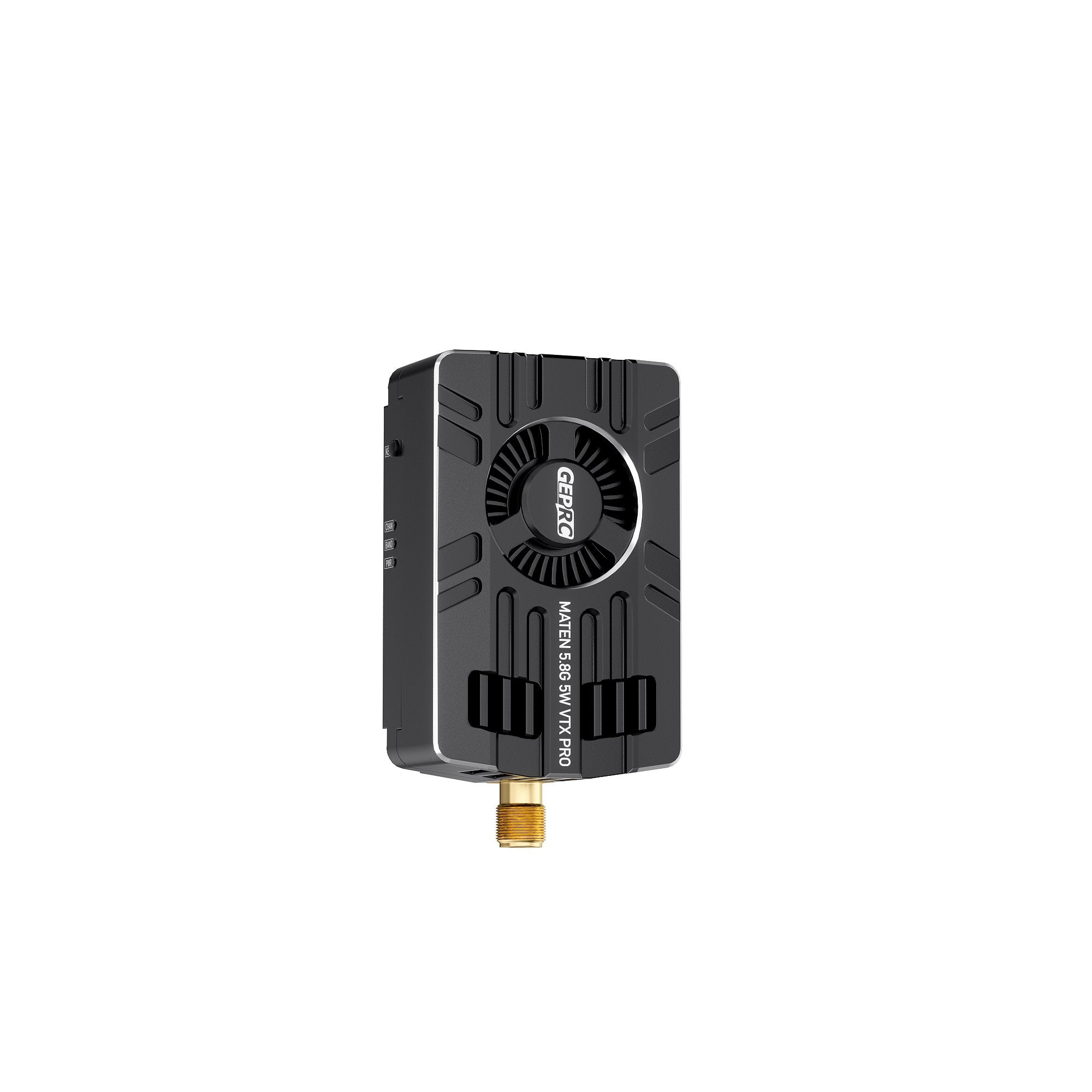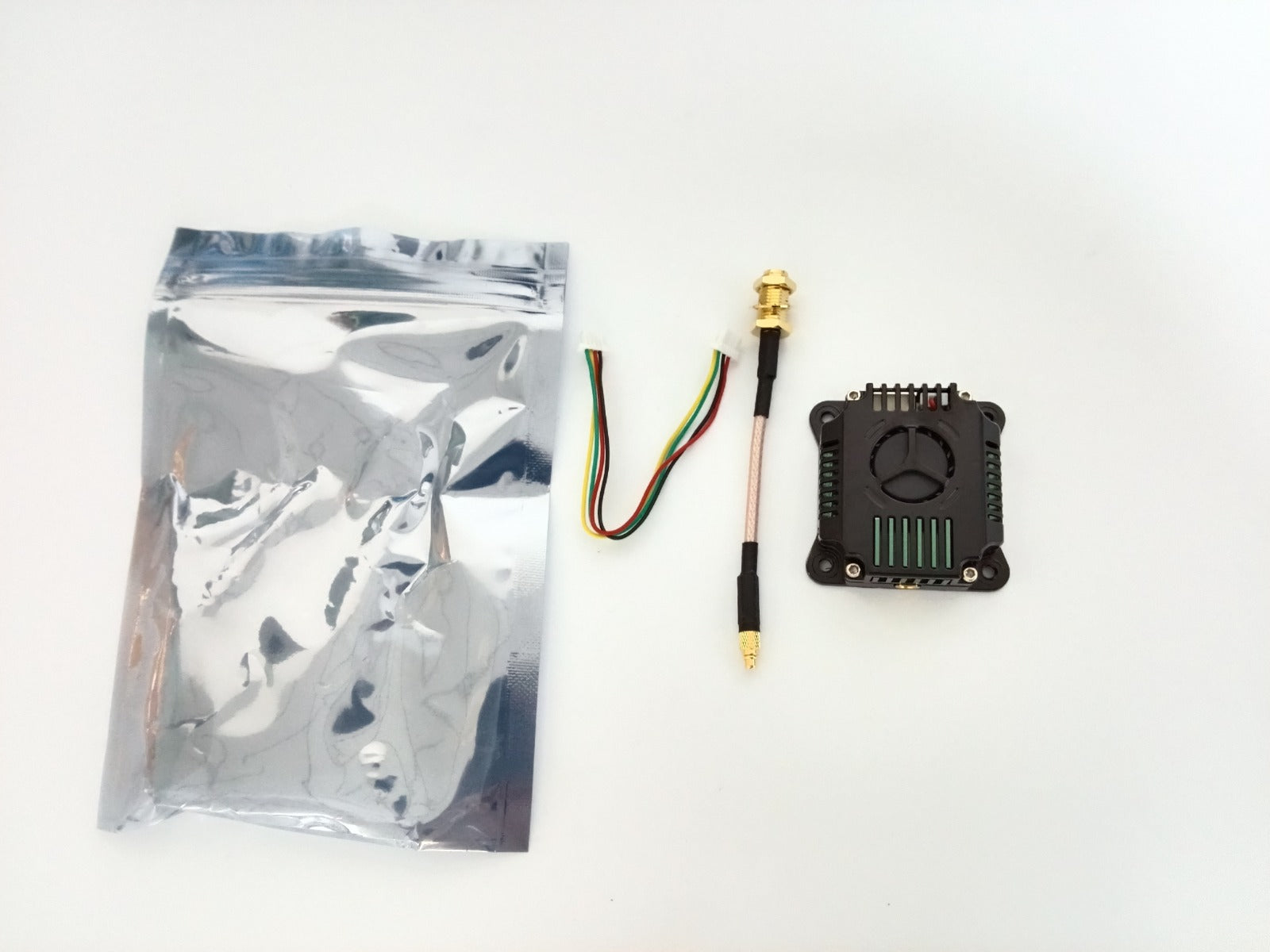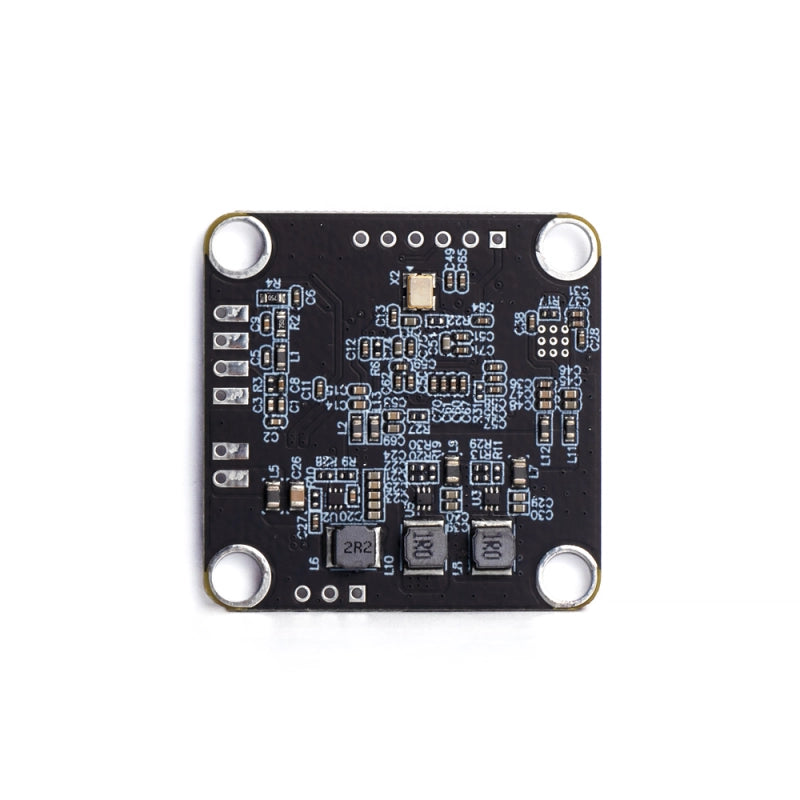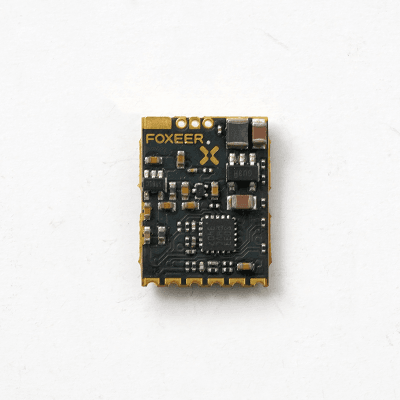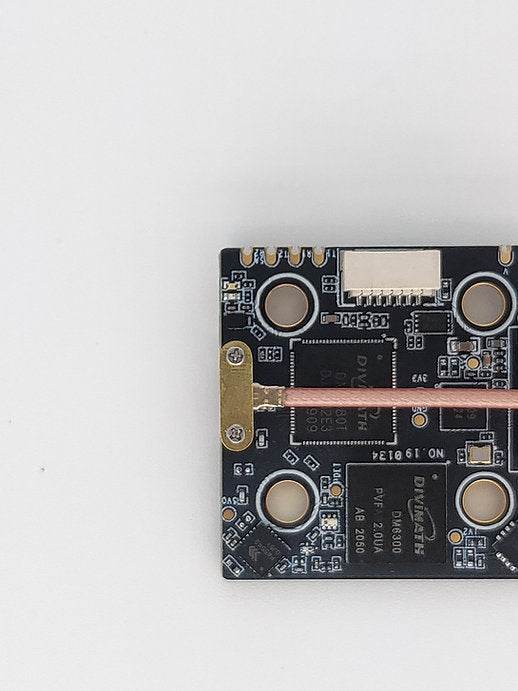Quick Menu
- RISING SUN 3D - ON DEMAND 3D PRINTING
- Ak Interactive
- All Game Terrain
- Ammo by MIG
- Army Painter
- Backpacks and Carrycases
- Bifrost Airbrush Paints
- Coming Soon!
- Connectors
- Chargers
- Gift Cards
- Laser Cutter, Engravers and CNC
- New Items
- Painting Brushes and Tools
- Sale!
- Services
-
- SMS - Premium Acrylic Lacquer Series
- SMS - Pearl Acrylic Lacquer Series
- SMS - Auto Colour
- SMS - Brush Series
- SMS - Cements & Adhesives
- SMS - Colour Sets
- SMS - Colour Shift Acrylic Lacquer Series
- SMS - Crystal Acrylic Lacquer Series
- SMS - DragonAir Airbrushes
- SMS - Effects Acrylic Lacquer Series
- SMS - HyperChrome Series
- SMS - Infinite Colour - Water Based
- SMS - Masking Series
- SMS - Metallic Acrylic Lacquer Series
- SMS - Precision Tools Series
- SMS - Primer Series
- SMS - Thinners, Additives and Paint Remover
- SMS - Weathering Series
- SMS - Wildlife Colours
- STEM
- The Used
- X Class Gear
- Blogs
VTX
46 products
Showing 1 - 46 of 46 products
VTX – Reliable Video Transmission for FPV Drones
Experience crystal-clear FPV feeds with high-performance VTX (Video Transmitters) from Rising Sun FPV.
Our collection includes analog and digital VTXs built for durability, low latency, and maximum range — trusted by racers, freestylers, and long-range pilots.
Whether you're flying HDZero, analog systems, or digital platforms, we have the VTX solutions you need for reliable, interference-resistant transmission.
Stay connected — shop Australia’s top VTX systems today at Rising Sun FPV.
Showing 1 - 46 of 46 products
Display
View

RMRC 900MHz-1.3Ghz High Performance Receiver with Custom Tuner
Sale price$156.00 USD
Only 2 units left


Tinyhawk III PLUS Spare Parts Pack B - Runcam Nano 6 Analog Camera + 32Bit 400mw VTX
Sale price$35.00 USD
Sold out


HGLRC Zeus nano VTX 350mW 16x16 20x20 25.5x25.5 mm For FPV Racing Drone
Sale price$20.00 USD
Sold out

RushFPV Ultra Small External Automatic Gain Control (ATC) VTX/Goggle Microphone
Sale price$7.00 USD
Only 2 units left

Tinys LEDS - WhitenoiseFPV TBS Unify Mounting Board w/ RealPit
Sale price$9.00 USD
In stock, 3 units
Save $15.00

AUSFPV AU799T 25mW Video transmitter RCM Compliant
Sale price$7.00 USD
Regular price$22.00 USD
Sold out
Filters (0)




